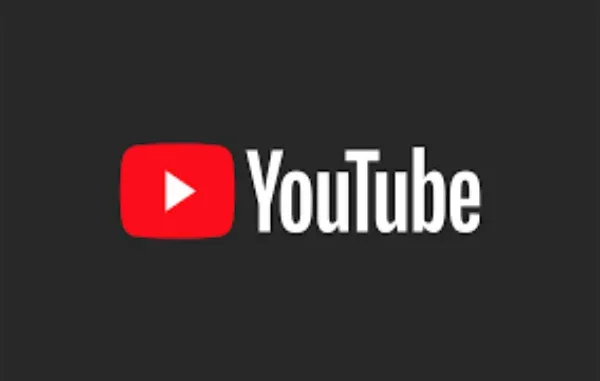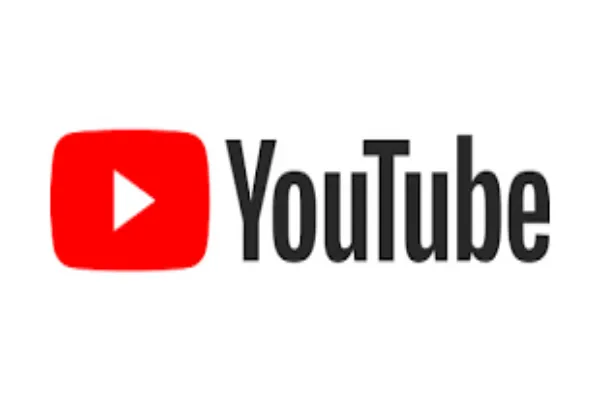
Starting a YouTube channel is an exciting and potentially lucrative way to share your passion, build an audience, and even earn money. Whether you dream of becoming a famous YouTuber, sharing your knowledge on a specific topic, or just connecting with like-minded individuals, YouTube offers an incredible platform for creativity and expression.
However, creating a successful YouTube channel requires more than just hitting the record button and uploading videos. To grow your channel and build an engaged audience, there are several key steps you need to take. In this detailed guide, we’ll walk you through everything you need to know to start a YouTube channel from scratch and set yourself up for success.

1. Define Your Niche and Goals
Before you start creating content, it’s essential to define your niche and understand the purpose of your channel. A clear direction will help you attract the right audience and stand out in the competitive world of YouTube.
Choose Your Niche
Your niche is the specific topic or theme that your channel will focus on. Picking the right niche is critical because it will help you establish your identity and target a particular audience. Here are some popular YouTube niches:
- Gaming: Share gameplay, walkthroughs, reviews, and tutorials.
- Vlogs: Document your daily life, adventures, and experiences.
- Beauty and Fashion: Create makeup tutorials, skincare routines, or fashion hauls.
- Fitness and Health: Share workout routines, healthy eating tips, or wellness advice.
- Tech and Gadgets: Review the latest gadgets, provide tech tutorials, or discuss industry trends.
- Education: Teach a subject, provide life hacks, or offer skill development tips.
- Cooking: Share recipes, cooking techniques, and meal prep ideas.
While choosing a niche, it’s important to pick something you’re passionate about. If you’re interested in the topic, it will be easier to create engaging content and stay motivated over time.
Set Your Goals
What do you want to achieve with your YouTube channel? Setting clear goals will guide your content creation and help you measure progress. Here are some goals to consider:
- Building an Audience: Gaining subscribers and growing your viewership.
- Monetizing Your Channel: Earning money through YouTube’s Partner Program, sponsored content, affiliate marketing, or merchandise sales.
- Sharing Knowledge or Passion: Educating or entertaining others through your videos.
- Branding and Promotion: Using YouTube as a platform to promote your personal brand or business.
Once you have your goals in mind, everything you do on YouTube — from video topics to your channel name — should align with those objectives.
2. Create Your YouTube Account and Channel
Now that you have a niche and goals in mind, it’s time to set up your YouTube channel. Creating a channel is free and simple, but to stand out, you’ll need to put in the effort to make it visually appealing and professional.
Set Up Your Google Account
To create a YouTube channel, you first need a Google account. If you don’t already have one, go to Google’s sign-up page to create an account. Once you have a Google account, you can use it to create your YouTube channel.
Create Your Channel
- Log in to YouTube: Go to YouTube.com and log in with your Google account.
- Create a Channel: Click on the user icon in the top-right corner of the page, then select “Your Channel.” From there, click the “Create Channel” button and follow the prompts to set up your new channel.
- Channel Name: Choose a name that reflects your niche and is memorable. It’s best to keep it short, catchy, and easy to spell. If you’re building a personal brand, using your own name might work well; otherwise, choose a name that aligns with your content.
- Profile Picture and Banner: Upload a professional profile picture and create a channel banner that reflects your branding. Tools like Canva can help you design an eye-catching banner without the need for professional graphic design skills.
- About Section: Write a compelling channel description in the “About” section. Tell your viewers who you are, what your channel is about, and what they can expect. Keep it concise and engaging, and use relevant keywords related to your niche.
3. Plan Your Content Strategy
The next step is to plan your content. Consistency is key to growing a YouTube channel, so it’s essential to develop a content strategy that works for both you and your audience.
Content Ideas and Video Types
There are many different types of videos you can create on YouTube. Here are some ideas based on popular formats:
- Tutorials and How-To Videos: Teach your audience how to do something step-by-step. These videos are highly searchable and can drive traffic to your channel.
- Product Reviews: If you’re reviewing a product, make sure to provide honest feedback and demonstrate how it works.
- Top 10 Lists: Compile and discuss your top picks in a particular category.
- Challenges: Participate in trending challenges to boost engagement and attract new viewers.
- Interviews: Interview experts or other YouTubers within your niche.
- Q&A Sessions: Answer questions from your audience or address common queries related to your niche.
When planning your content, it’s important to focus on what’s relevant to your target audience. Try to create videos that provide value, whether through entertainment, education, or information.
Create a Posting Schedule
Consistency is crucial to building an audience. Set a realistic posting schedule that you can stick to. Some YouTubers post once a week, while others post daily. Choose a frequency that fits your lifestyle and workflow, and try to upload content consistently at the same time each week.
4. Optimize Your Videos for Search (SEO)
Search Engine Optimization (SEO) is essential for getting your videos discovered on YouTube. YouTube is the second-largest search engine in the world (after Google), so optimizing your videos can help increase visibility and attract more views.
Video Title
Craft a compelling and descriptive title for each video. Incorporate relevant keywords to improve searchability, but make sure the title is catchy and accurate. A good title helps both YouTube’s algorithm and potential viewers understand what your video is about.
Video Description
Write a detailed video description that provides context for your content. Use relevant keywords naturally and include links to your social media, website, or any other content you mention in the video. Descriptions that are at least 250 words tend to perform better in search results.
Tags and Categories
Use relevant tags to categorize your video content and make it discoverable. Think about what words people might use to search for content similar to yours. You can also select a category for your video (e.g., Education, Entertainment, Lifestyle) when uploading.
Custom Thumbnails
Thumbnails are the first thing viewers see when browsing through videos, so make sure yours are eye-catching and relevant to your content. Use high-quality images, bold text, and vibrant colors to create thumbnails that stand out.
5. Edit and Publish Your Videos
Editing your videos is a key part of the content creation process. Good editing can elevate your video’s quality and make it more engaging for your audience.
Editing Software
There are many video editing tools available, from beginner-friendly options like iMovie and Shotcut to more advanced programs like Adobe Premiere Pro and Final Cut Pro. Choose the software that fits your needs and skill level. Editing your videos is a key part of the content creation process. Good editing can elevate your video’s quality and make it more engaging for your audience, especially when paired with the right text to music on-screen text.
Keep It Engaging
During the editing process, focus on keeping your videos engaging. Add music, transitions, and on-screen text to emphasize key points. Keep the pacing tight to avoid long, boring sections.
Calls to Action
Encourage viewers to engage with your content by including calls to action (CTAs). Ask them to like, comment, and subscribe at the beginning or end of your videos. Engaging with your audience is key to building a community around your channel.
Publishing Your Video
Once your video is edited and ready, upload it to YouTube. Ensure that your video settings are correct (e.g., public, unlisted, or private). Include your optimized title, description, and tags, and select the appropriate thumbnail.
6. Promote Your Channel and Grow Your Audience
Now that you’ve set up your channel and started uploading content, it’s time to focus on growing your audience. Here are a few strategies for promoting your YouTube channel:
Engage with Your Audience
Respond to comments, ask questions, and create content based on feedback. Building a relationship with your viewers can lead to a loyal community.
Social Media Promotion
Promote your videos across your social media platforms (Instagram, Twitter, Facebook, etc.). Create teaser clips, behind-the-scenes content, or sneak peeks to drive traffic to your YouTube channel.
Collaborate with Other YouTubers
Collaborating with other creators in your niche is a great way to grow your audience. You can cross-promote each other’s channels and reach new viewers.
7. Monetize Your Channel
Once you’ve gained a significant number of subscribers and views, you can start monetizing your YouTube channel. Here are some options for earning money on YouTube:
- YouTube Partner Program: You can earn ad revenue from ads shown before, during, or after your videos.
- Sponsored Content: Companies may pay you to promote their products or services in your videos.
- Affiliate Marketing: Promote products and earn a commission on sales made through your affiliate links.
- Merchandise Sales: Sell branded merchandise to your viewers.
Conclusion
Starting a YouTube channel can be a fulfilling and profitable endeavor, but it takes time, dedication, and strategy to succeed. By choosing a niche, creating high-quality content, optimizing your videos for search, and engaging with your audience, you’ll set the foundation for a successful channel.
Remember, YouTube is a long-term game. It might take a while to gain traction, but with persistence and consistency, you can turn your passion into a thriving YouTube channel. Happy filming!






Leave a Reply